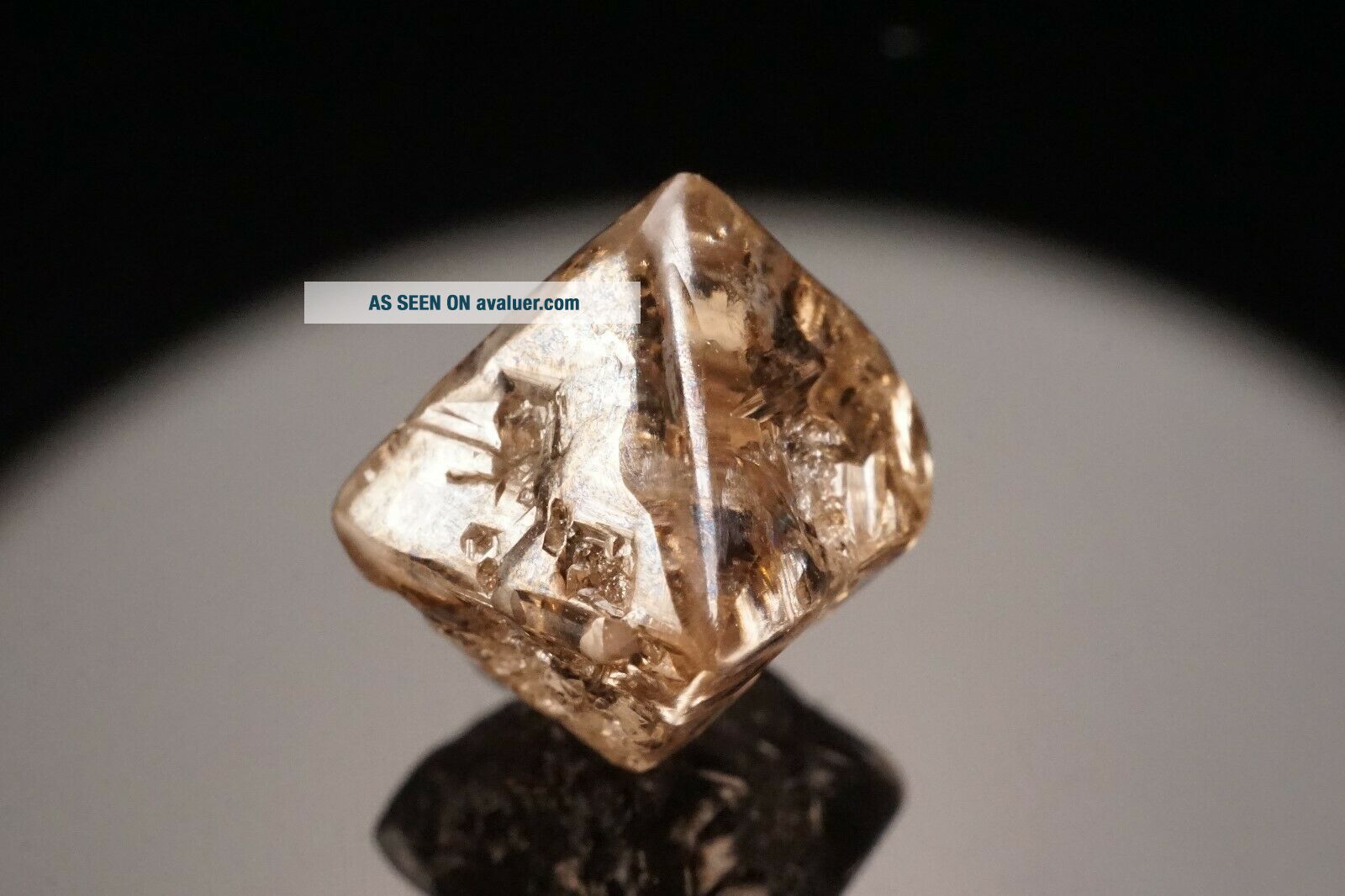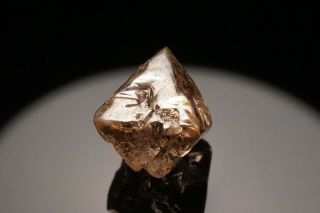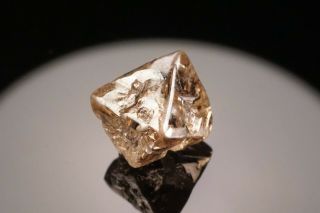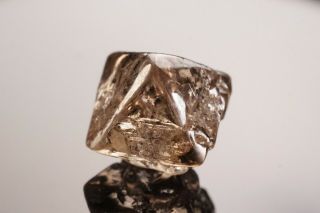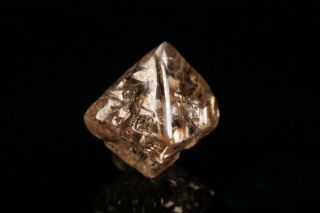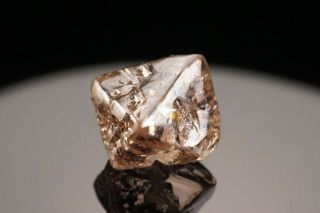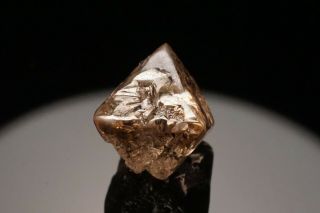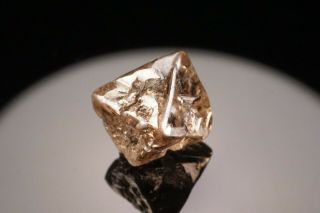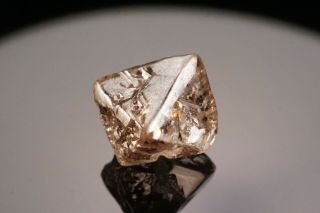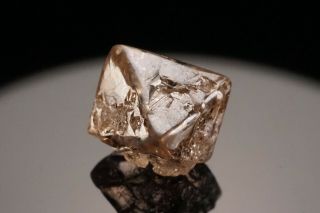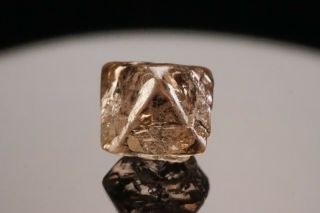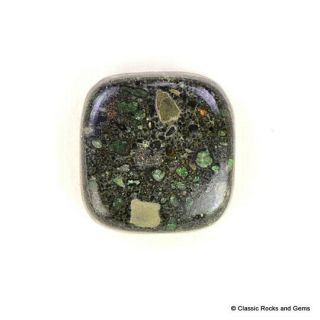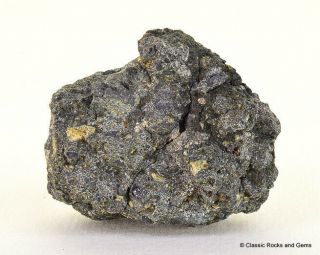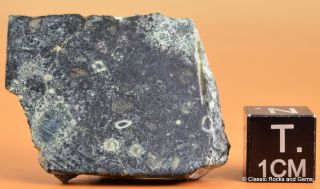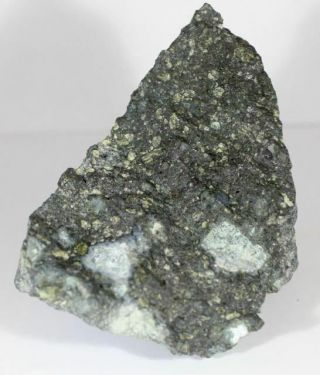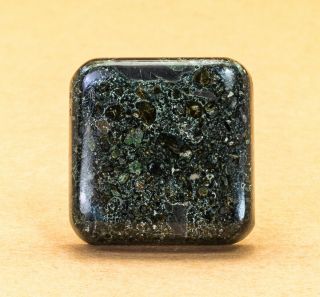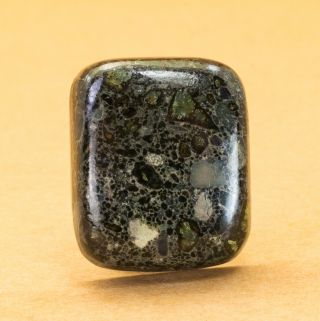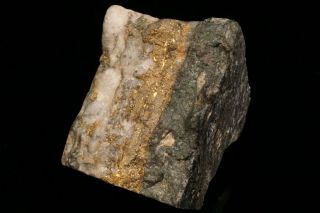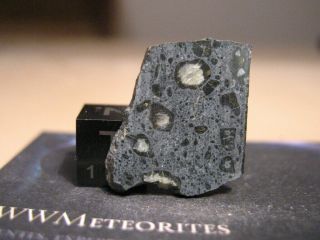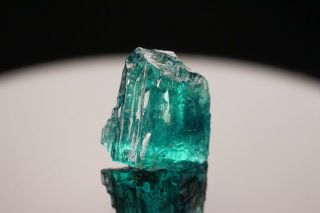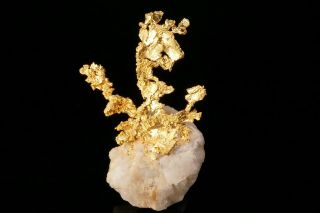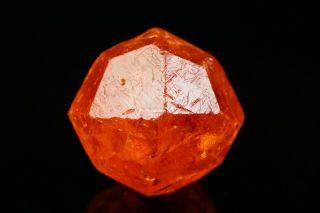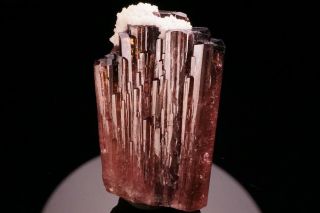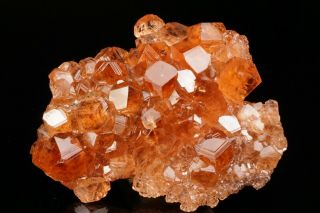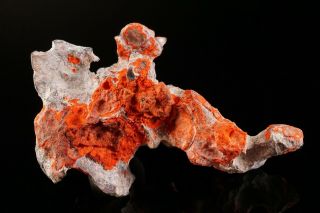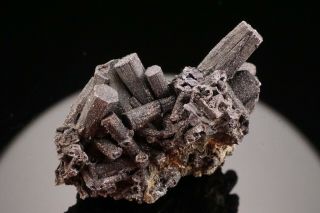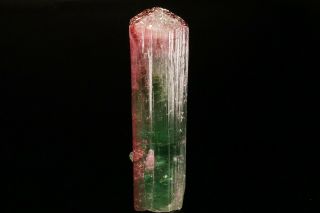CLASSIC OLD Diamond Crystal KIMBERLEY MINE, SOUTH AFRICA
Item History & Price
| Reference Number: Avaluer:4352667 | Modified Item: No |
DiamondKimberley Mine, Francis Baard District, Northern Cape, South Africa.97cm x .95cm x .94cm3.6 cts
Description/Interesting Notes: A rare, old time example of this prized gem species from this historic South African locale!!! This specimen consists of a complex, gemmy, octahedral diamond crystal!!! The crystal exhibits some curious inclusions upon close study but is otherwise quite gemmy and shows a lively play of light in pers...on!!! The crystal faces exhibit a unique combination of highly complex growth features and slightly curved octahedral faces!!! The crystal is complete and undamaged!!! This specimen is from old institutional stock and dates back to prior to WWII!!! Classic material!!! The pics hardly do it justice!!! Must be seen in person to be fully appreciated!!!Good luck and be sure to check out my other exciting mineral auctions on ebay!!!
STAY TUNED!!! MORE AUCTIONS WILL BE ADDED MONDAY NIGHT FOR A SPECIAL 3-DAY AUCTION, ENDING THURSDAY JUNE 27th!!!
The MineralMan Pledge: To offer a variety of interesting and unique mineral specimens that stand out from the majority of specimens on ebay and to add new specimens AT LEAST every week, all with an opening bid of JUST $1, NO RESERVE.Click here to see
More INCREDIBLE Minerals!Bidding for auctions starts at JUST $1, NO RESERVE
We accept PayPal, - if you have questions about any other payment methods, please ask
Specimens ship weekly
High bidder pays shipping
Full Money Back Guarantee
(less shipping)
We combine shippingAdd Mineralman999
to My Favorite Sellers!!!
**INTERNATIONAL BIDDERS PLEASE NOTE:
Items will ship USPS EXPRESS MAIL INTERNATIONAL or USPS PRIORITY MAIL INTERNATIONAL ONLY. Both of these methods are trackable, and the Express option is insured and guaranteed. For rates, refer to the USPS website or contact us directly.



